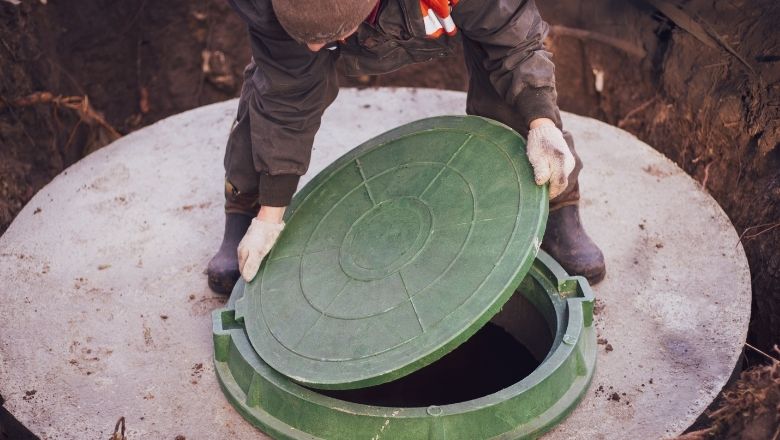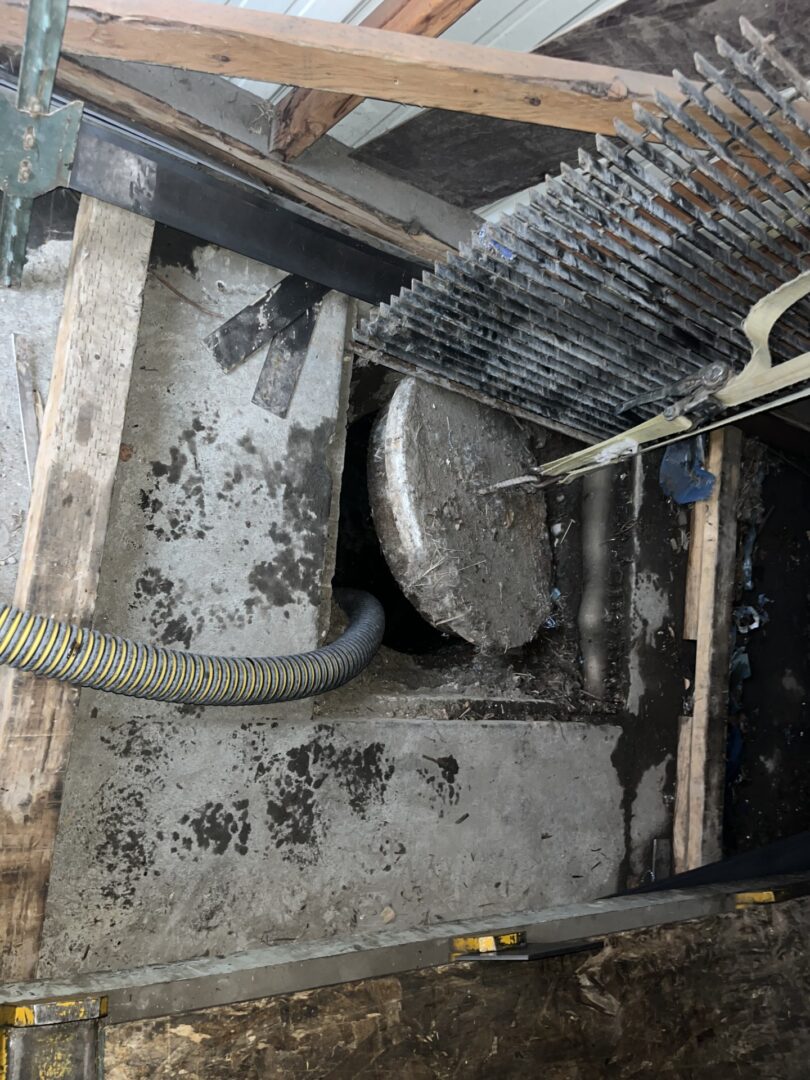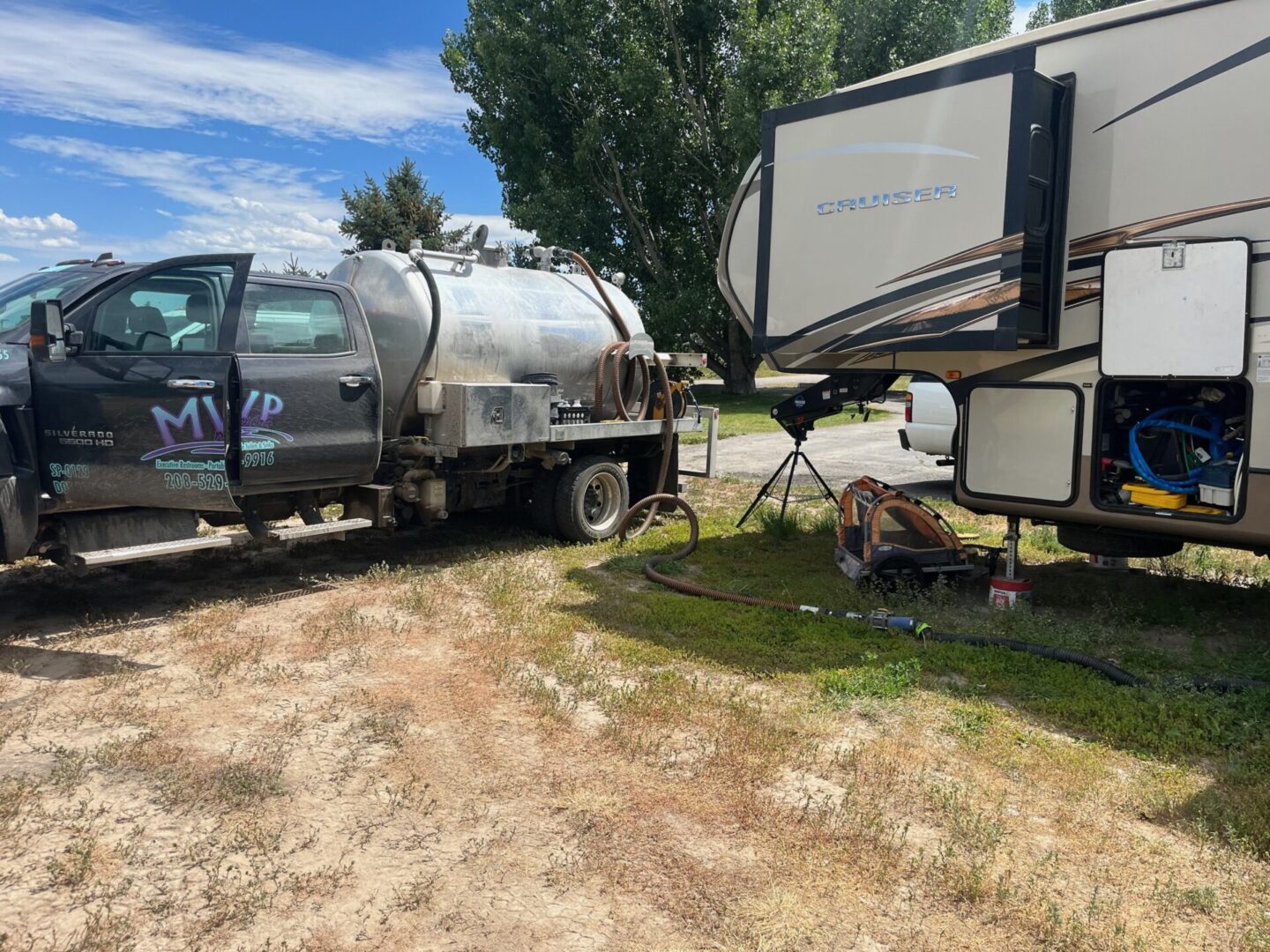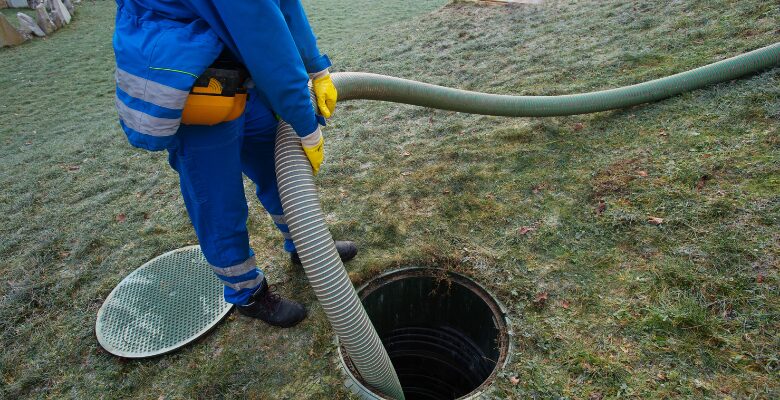Many RV owners go through some common problems, such as water pressure that isn’t stable, faucets that sputter, and pumps that stop working completely while they’re on the road. These issues often stem from one overlooked maintenance task—improper water pump priming. When your RV freshwater system isn’t primed properly, airlocks form due to trapped air that stops proper water flow in RV systems. This can damage pumps, burn out motors, and can be expensive to fix, which could have been avoided. Knowing how to prime a water pump in RV systems correctly safeguards your gear and makes sure you can always get water when you camp. We at MVP Rentals have helped a lot of RV owners in Eastern Idaho keep their water systems in good shape by providing expert RV pumping services and professional advice.
This guide shows you how to finish the priming process, points out mistakes that damage your pump, and gives useful maintenance tips. You can find useful tips here for keeping your water system running smoothly on every trip, whether you’re new to owning an RV or just want to improve what you’re already doing.
What is an RV Water Pump?
A self-priming RV water pump pressurizes the freshwater system in your car. Your RV pump creates the pressure needed to send water from your tank to all of your sinks and faucets. This is not the same as the plumbing in your house that is connected to city water. Most RV pumps are small diaphragm pumps that run on 12 volts and turn on by themselves when you turn on a faucet.
The pump uses an inlet line to pull water, internal diaphragms, check valves to build pressure, and then push the water through your plumbing. When air enters this system—after winterization, repairs, or initial setup—you must prime the pump to restore normal function. Knowing how this basic operation works will help you figure out when proper RV pump operation isn’t happening and address problems quickly.
Why Proper Priming is Essential
If you prime the pump correctly, it will get rid of air in your water lines and let the pump build up the right amount of pressure. Pumps move liquid, not air, so running one without proper priming will damage it right away. When there isn’t enough water, the pump gets too hot and wears out seals too quickly.
Improper priming of RV water pump systems also creates airlocks that prevent water from flowing properly. These air pockets cause faucets to sputter, change pressure , and even block some fixtures completely. Following the right priming steps will make your pump last longer and work reliably while you’re on the road.
Step to Get Your RV Water Pump Ready
To understand the correct steps to prime, you don’t need a lot of mechanical procedures or professional tools. Following these steps in order will make sure that your priming works every time and keeps your equipment safe from common damage.
1. Prepare Your Water System
First, make sure that your freshwater tank has adequate water—at least 25-30% capacity. Make sure your water pump switch is OFF so it doesn’t turn on too soon. Find your pump, which is usually in a cabinet, under a bed, or in an outside compartment.
Check all visible connections for leaks or loose fittings. Make sure to turn off all faucets, even the ones in the kitchen, bathroom, and outside. This creates the back pressure that is necessary for proper priming. If you’ve just winterized or repaired something, confirm that bypass valves route water through your system correctly. Starting with a properly configured system prevents most priming problems we encounter during RV pumping in Montpelier, ID, service visits.
2. Turn On the Pump
Switch on your water pump and listen as it starts up. The first time you start it up, it sounds louder than usual because the pump is pushing water through empty lines. During this stage, the pump may cycle a lot, which is normal for the first priming.
But if the pump runs for more than 60 seconds without building pressure, turn it off right away. If the water keeps running, it means there is a leak, the faucets are open, or there isn’t enough water. During the first priming, a healthy pump should reach pressure and turn off in 20 to 40 seconds.
3. Open Faucets Gradually
Open the pump and then turn on the faucets one at a time, starting with the one nearest to the pump. First, turn on the cold water and let the air out. At first, you’ll hear sputtering and see water spurts with air in them. Keep going for 30 to 60 seconds, or until the flow is steady and free of air.
Turn off the cold water tap and do it again with the hot water tap. Hot water takes longer to prime because water travels through your heater first. Progress through your RV systematically, opening cold then hot at each fixture, working from closest to furthest from the pump. Add toilets, showers outside, and any other places where water can flow.
4. Check for Proper Function
Check the pressure at your first faucet again. You should get a strong, steady flow that doesn’t sputter. To make sure the pump keeps up with demand, open more than one faucet at a time.
When all the faucets are off, the pump should stay off. If it turns on every 30 to 60 seconds without using any water, a small leak is causing the pressure to drop. Check valve failures, loose fittings, and pinhole leaks are all common problems that need to be fixed.
Common Mistakes to Avoid During RV Pumping
Knowing what common RV pump mistakes are can help you keep your system in good shape and save money on repairs. We see these mistakes happen repeatedly during RV pumping in Twin Falls and Pocatello:
1. Running Pump Dry
Never run your pump without water in the tank. Parts can overheat and seals can break if they run dry for even a little while. Before you start, always check to see if there is enough water. If you hear it running but the water is ot flowing, turn it off right away.
2. Not Closing Faucets First
Using all faucets at the same time doesn’t let pressure build up. The basic step-by-step guide to priming RV water pump systems needs to start with closed faucets, then open them one-by-one to purge air properly.
3. Ignoring Leaks
Small leaks stop proper pressure from building up and cause constant pump cycling. During priming, check for leaks around the pump, water heater connections, and fixture lines. Address them immediately before completing the process.
4. Overworking the Pump
If your pump doesn’t start to flow after 60 seconds, turn it off and fix the problem. Make sure the faucets are off, check the water level, and look for leaks. Let your pump rest between tries so it doesn’t get too hot.
Maintenance Tips for Reliable RV Pumping
Complete RV water pump maintenance will keep it working reliably all year long. Along with proper priming, these important steps are:
1. Regular Inspection
Set up quarterly checks of your water system. Look for cracks in the pump housing, loose electrical connections, worn-out hoses, and water damage around fittings. Make sure connections are tight and replace parts that are worn out right away.
2. Clean Water Filters
Every 30 to 60 days of use, check and change the filters. Clogged filters force the pump to work harder, reducing pressure and causing frequent cycling. Regular maintenance ensures tips for reliable RV pumping.
3. Winterize Properly
Drain your fresh water tank completely and introduce RV antifreeze through all fixtures. Run antifreeze until you see pink color flowing from each tap. As the weather gets colder, we get a lot of requests for winterizing RVs during RV pumping in Idaho Falls.
4. Keep Spare Parts
Stock important items, such as pump rebuild kits, filter cartridges, hose clamps, sealant, and washers. Having these accessible lets you handle common issues without searching for RV supply stores.
Keeping Your RV Water System Running Smoothly
Understanding how to prime a water pump in RV systems protects your investment and ensures reliable water access throughout your travels. The priming process—preparing your system, activating the pump correctly, opening faucets gradually, and verifying function—takes just minutes when done properly. Avoiding mistakes like running the pump dry, leaving faucets open initially, ignoring leaks, and overworking the pump extends your equipment’s lifespan and maintains consistent performance throughout every camping season.
At MVP Rentals, we’ve served Eastern Idaho’s RV community with comprehensive water system solutions. Whether you need professional RV pumping in Idaho Falls, Pocatello, Rexburg, Twin Falls, Montpelier, ID, or Rigby services, our experienced team provides expert maintenance and repairs. We know how hard it can be for RV owners, and we offer the help you need to keep your systems running smoothly. We are different from other companies because we are dedicated to providing excellent service and teaching our customers. This makes us the best choice for all of your RV water system guide needs and RV water pump startup procedure needs.
Ready to ensure your RV water system operates flawlessly? Call MVP Rentals today at (208) 244-7024 for professional RV pumping services, maintenance assistance, or expert guidance on priming RV water pump systems. Our team is here to help you avoid airlocks in RV pump systems, implement effective RV plumbing tips, master RV water pump troubleshooting, and learn how to prevent RV water pump damage through proper care. Don’t let water system problems interrupt your next adventure—call us now to maintain RV water pressure and keep your RV freshwater system performing perfectly for years of trouble-free camping.






